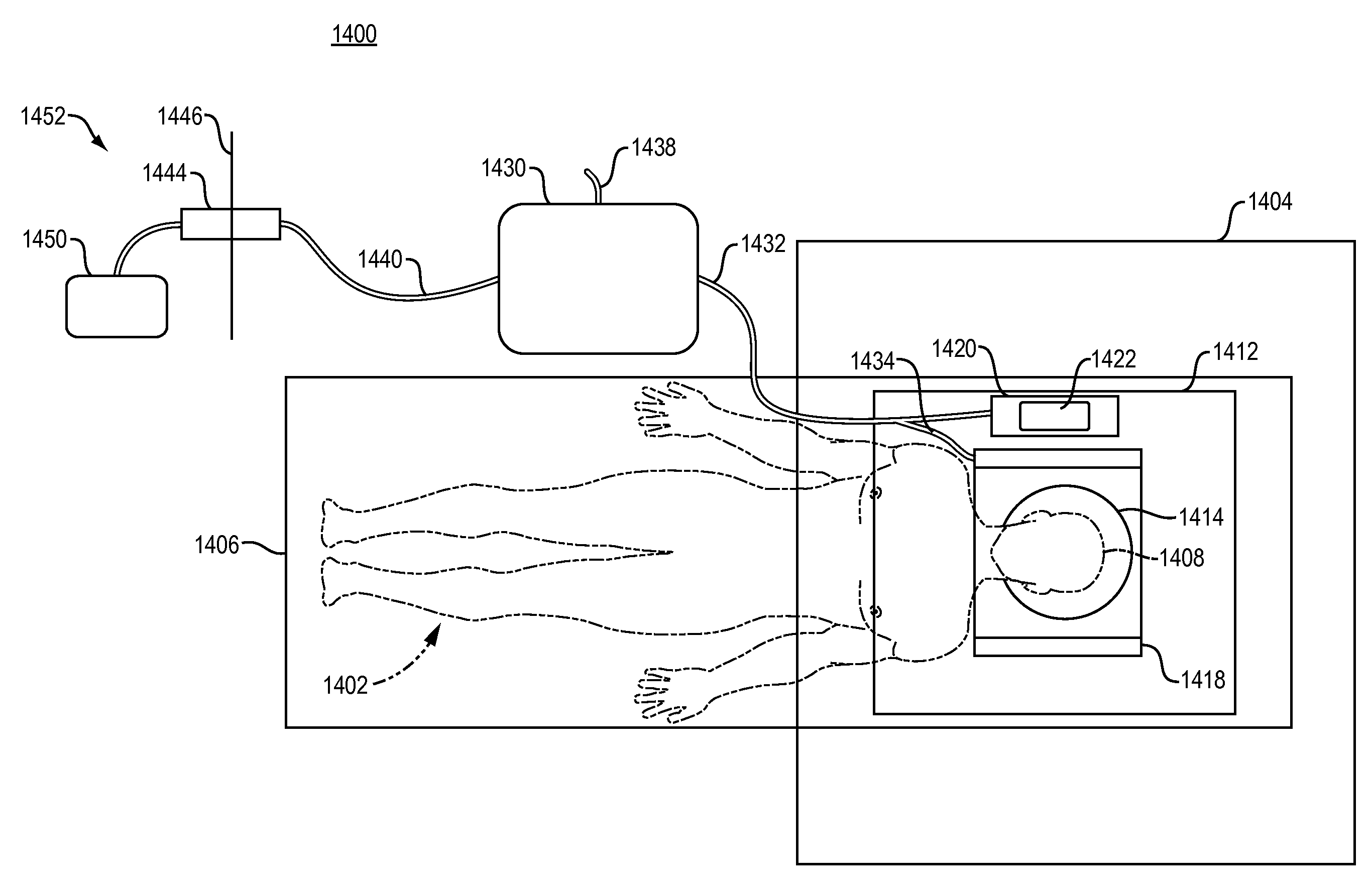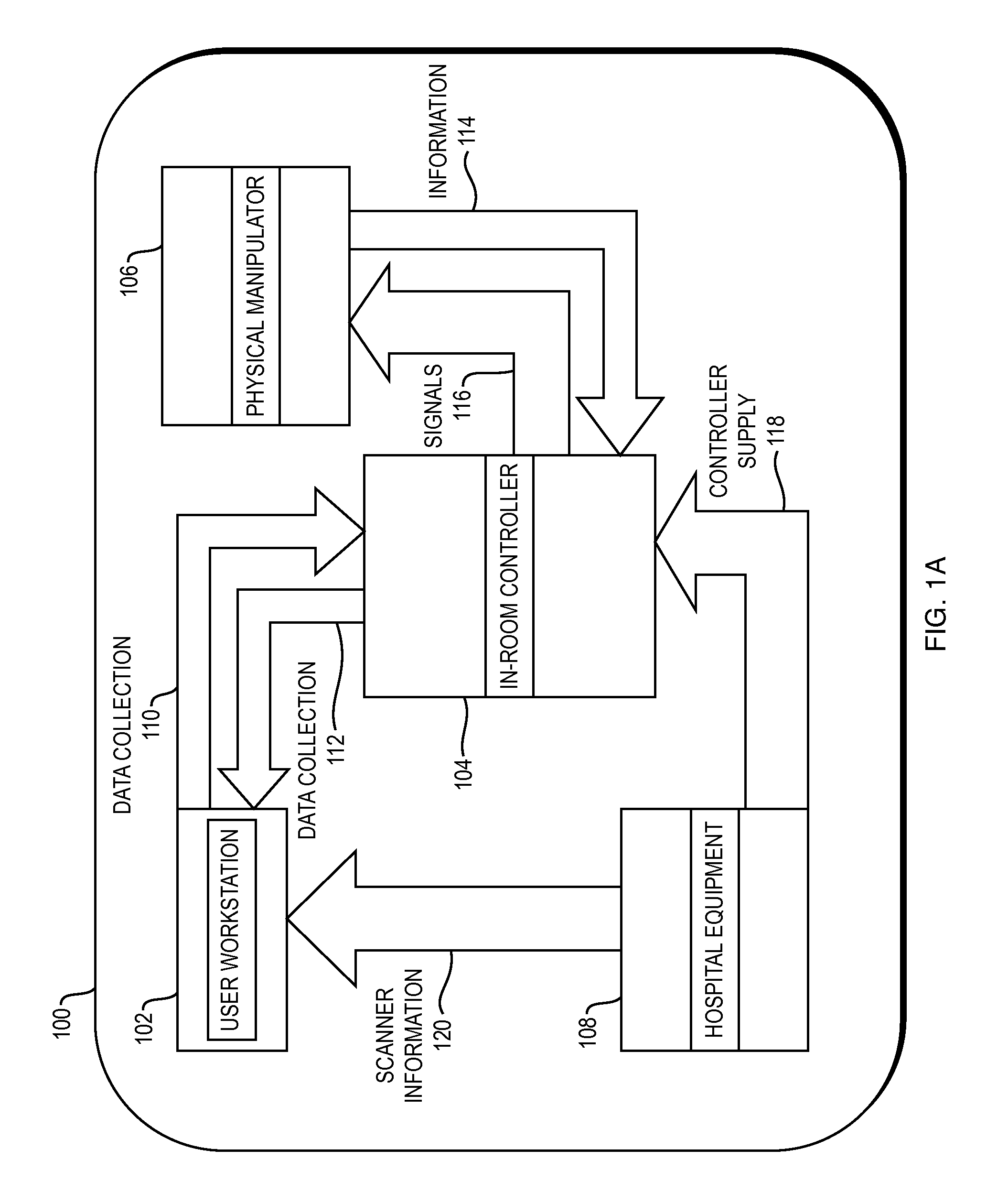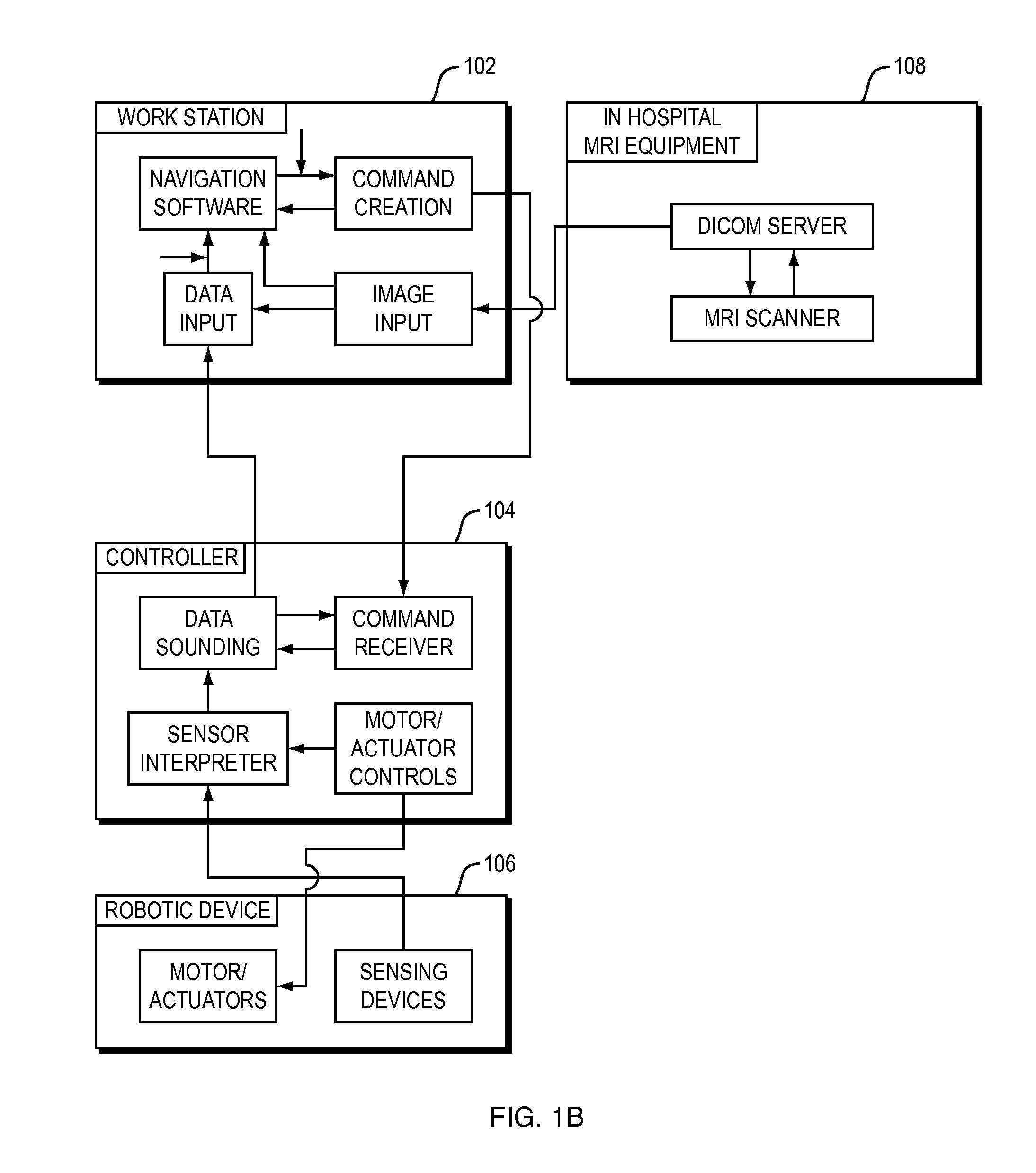System and method for robotic surgical intervention
a robotic surgery and robotic technology, applied in the field of guidance equipment, can solve the problems of low accuracy, system inconvenient use, and inconvenient use, and achieve the effects of reducing procedure time, cost, complications, and low cos
- Summary
- Abstract
- Description
- Claims
- Application Information
AI Technical Summary
Benefits of technology
Problems solved by technology
Method used
Image
Examples
Embodiment Construction
The present teachings are described more fully hereinafter with reference to the accompanying drawings, in which the present embodiments are shown. The following description is presented for illustrative purposes only and the present teachings should not be limited to these embodiments. In addition, the publication entitled, “MRI Compatibility Evaluation of a Piezoelectric Actuator System for a Neural Interventional Robot,” authored by Yi Wang' Gregory A. Cole, Hao Su, Julie G. Pilitsis and Gregory Fischer, presented at the 31st Annual International Conference of the IEEE EMBS, Minneapolis, Minn., USA, Sep. 2-6, 2009 is incorporated in its entirety by reference.
Referring now to FIG. 1, shown is a block diagram depicting an embodiment of the system architecture. The system 100 comprises a workstation 102, a controller 104, a robotic device or manipulator 106. Also shown is the clinical equipment or hospital equipment 108 that may cooperate with the system. The user workstation 102 se...
PUM
 Login to View More
Login to View More Abstract
Description
Claims
Application Information
 Login to View More
Login to View More - R&D
- Intellectual Property
- Life Sciences
- Materials
- Tech Scout
- Unparalleled Data Quality
- Higher Quality Content
- 60% Fewer Hallucinations
Browse by: Latest US Patents, China's latest patents, Technical Efficacy Thesaurus, Application Domain, Technology Topic, Popular Technical Reports.
© 2025 PatSnap. All rights reserved.Legal|Privacy policy|Modern Slavery Act Transparency Statement|Sitemap|About US| Contact US: help@patsnap.com



